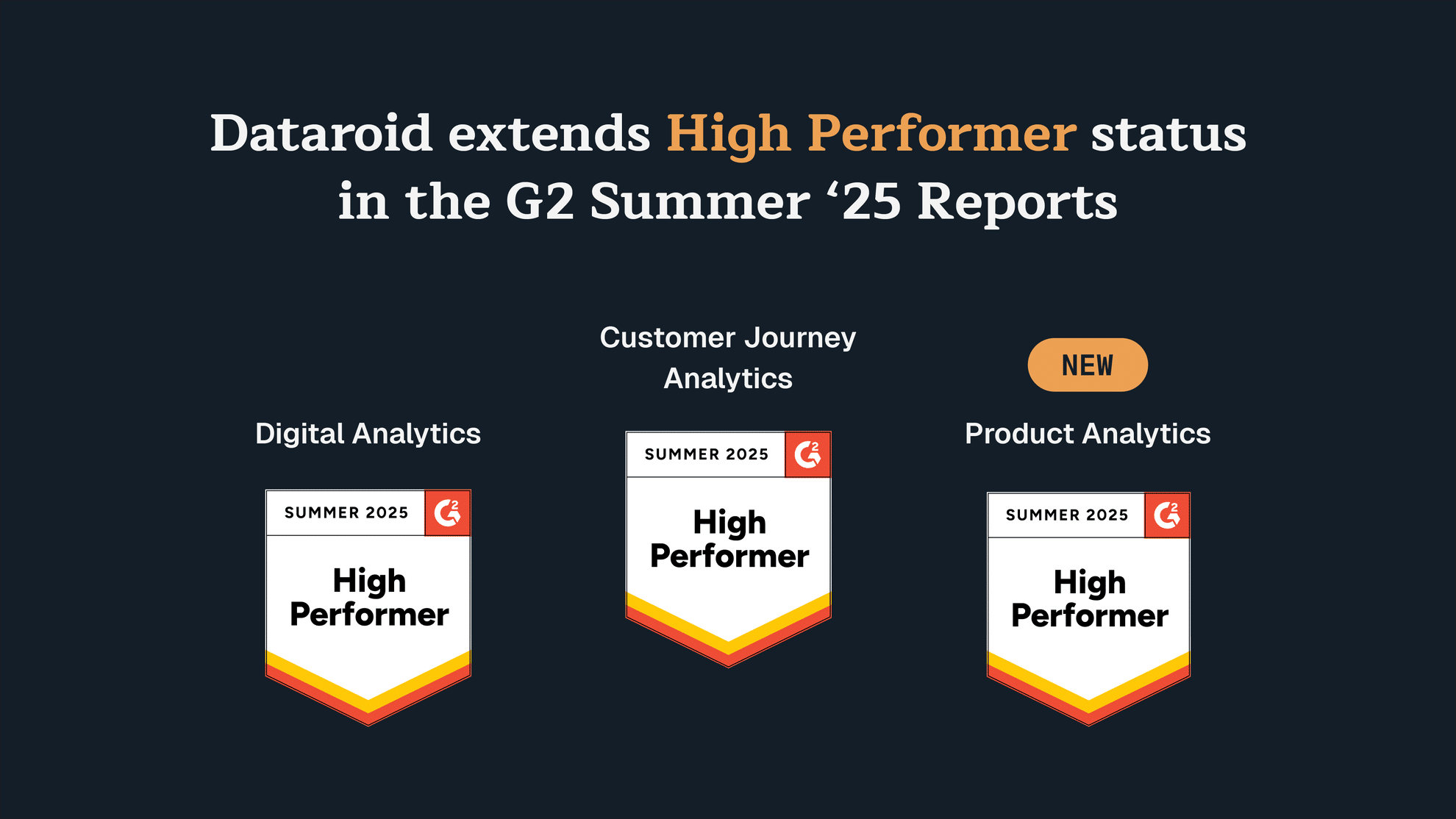Making Better Decisions and Boosting Revenue with Market Basket Analysis
- Reading Time: 7 minutes

Lead Data Scientist
Basket analysis is a data mining approach to discover buying trends in any retail environment. It is a collection of statistical affinity calculations that help company executives better understand and ultimately serve their clients by emphasizing buying trends. In the simplest terms, it searches for the product combinations that appear most frequently in transactions. These connections may be utilized to boost profitability by purchasing between channels.
What is Market Basket Analysis?
In the association rule learning method, the support parameter is defined as the frequency of the precedent or consequent occurring within the same data collection. Furthermore, confidence is defined as the dependability of the association rules as measured by the proportion of data records holding both X and Y. The model considers the base level for support and confidence.
Basket analysis can generate rules that forecast the incident based on the frequency of other occurrences. This information retrieval approach has been investigated in various disciplines, such as disease detection, market basket analysis, commercial shop, and investment statements. Loyalty analysis is used in e-commerce to conduct market basket analysis, allowing merchants to better understand their consumers’ purchasing habits. The data can be used to influence sales campaigns, loyalty programs, pricing strategies, and product portfolio designs (such as which product family will be added or which will appear in the suggestions and offers.)
The Apriori approach for extracting frequent patterns (FPs), which uses practice within the regulations themselves, condenses the discovery issue to a more reasonable amount. It searches for guidelines for determining the relationship between two or more traits. Proximity assessment methods (commonly referred to as market basket analysis) explore relationships between these characteristics.
Sign up to drive your business with the power of data
What is the Principle of Market Basket Analysis?
The main objective of a market basket analysis is to identify which merchandise consumers want to purchase. It can help sales and marketing teams develop more effective commercial advertising initiatives and increase customer satisfaction.
These improvements can boost revenue for the store while also enhancing and validating the consumer’s digital shopping experience. Applying market basket analysis in knowledge discovery may result in higher customer retention.
Substantial amounts of transactional data are often required to generate credible recommendations using bundle evaluation. However, processing massive data collections is challenging without fully managed memory and computation capabilities. With the help of more flexible pattern mining techniques enabled by cloud-based infrastructures, various hypotheses about consumer attitudes or the performance of a former promotional strategy can be applied.
How is Market Basket Analysis Calculated?
Frequent mining identifies relationships and correlations between items in huge datasets. Many companies are becoming interested in mining patterns from their databases as massive volumes of data are routinely collected.
The discovery of similarity associations among vast data records can benefit numerous decision-making processes, including inventory creations and online purchasing behavior analyses. As a result, association rule analysis is a guideline approach to learning algorithms that identifies significant correlations between objects based on their appearance in an information collection. It is a technique to predict the possibility that two goods will be bought together and find connections between variables in enormous databases.
Market basket analysis is an effective illustration of pattern mining. A type of pattern recognition called FP mining demonstrates how to keep track of the items purchased in combination. Merchants and advertisers can use the discovery of this sort of relationship to generate promotional activities by learning which products consumers regularly purchase together.
The information extraction method can be divided into two steps:
- Locating all common item sets: Every itemset will appear at least as frequently as a minimal support count (min sup).
- Producing classifiers using the common item sets: These regulations must meet min sup and confidence requirements by concept.
When it is necessary to identify a link between various objects in a collection, the relationship rule mining technique is commonly utilized to detect common patterns in database applications.
Methods for Calculating Market Basket Analysis
Market basket analysis employs several methods and algorithms. Estimating the likelihood of consumers collectively buying things constitutes one of the main initiatives.
Approaches for extracting patterns from data warehouses have existed since they were expanded by R. Agrawal, the author who first introduced association rule mining. Apriori and FP growth are two other proposed and implemented strategies. The FP growth algorithm is an alternate system that uses the divide-and-conquer strategy. It begins by classifying and analyzing the common elements in a frequent-pattern tree (FP tree). This graph structure can be used as a condensed repository. Association rule mining of the packed database is completed using the FP tree, indicating that the dataset must be reviewed first. Likewise, this approach does not necessitate the construction of potential entries.
Detailed Algorithm Descriptions
The Apriori Technique analyzes consumer baskets and is believed to be the most accurate approach. It assists in identifying association rules that link them and uncovering means to facilitate tuples. The issue with this method is that elements are frequently generated. Due to the collection size, it should be scanned more than once, which slows down the process and consumes time. It employs the concepts of certainty and assistance.
The AIS Technique generates numerous traverses across the entire repository or purchasing trends. It examines every operation for each run. Initially, it detects which objects in the collection are often used before counting the support for each one individually. Large item sets from each pass are expanded to create entries. Following each asset’s processing, the shared tuples between the original dataset and the subsequent pieces of this operation are identified.
The SETM Technique aggregates metadata scans performed using this method. It determines which objects are frequently found in the database by counting their backing. The next step is to enlarge huge tuples from their initial state to create potential connected components. The SETM method also links the potential subsequence to the identities of the producing activities.
The FP Technique (which improved the Apriori algorithm) signifies that data can be represented as an FP tree. Thus, FP growth is a method for refining common items. Without employing alternative formations, the recurrent trend may be created. This common sequence of leaf nodes preserves the relationship among the entries.
Market Basket Analysis Evaluation Methods
Several insightful controls can be applied to decision rules when an appropriate market basket analysis algorithm is used. The parameters listed below can be recognized as the most well-known techniques for method validation.
Support
Support reveals how frequently a product or collection of products is sold. The proportion of operations that include FPs is the simplest measure to compute. Additionally, it alludes to the ratio of activities that contain both Product X and Product Y. To calculate, divide the total volume of sales by the payments containing Product X.
Lift
Lift illustrates the influence an association rule exerts on the probable appearance of X and Y. It is used to calculate the revenue proportion and can be formalized as the product of the support (X, Y) and support (X) percentages.
Confidence
This correlation principle can be assessed as the chance of the actual outputs occurring following the confidence metric’s indicators. Additionally, it reveals how frequently X and Y are bought in conjunction with X. Therefore, consolidated interactions are used to determine confidence.
The Forms of Market Basket Analysis
Descriptive
One of the most prominent market basket analysis methods in knowledge discovery draws its results from prior information. The analysis employs statistical methods to assess the connections between things rather than generating forecasts. The unsupervised predictive analytics model is used.
Predictive
This market basket research employs supervised data mining methodologies. Its main goal is to mimic the market to ascertain the reasons for events. Fundamentally, it considers the things bought in a specified sequence when calculating buying patterns.
Differential
Mining techniques may be used to investigate opponents. The differential form examines transaction records across retailers, countries, time periods, and similar factors, which mainly refer to external inputs to find intriguing insights into customer habits.
Market Basket Analysis Applications
Market basket analysis is a technique for extracting relationships between elements that commonly occur together, such as the items in a buyer’s basket. The fields that can benefit from the groups of products are finding affinities that matter in various consumer cases to be the end user.
Good positioning is the process of identifying items that are regularly bought together and carefully positioning them near each other to entice individuals to purchase either article. Item location and organization online and in the aisles of a traditional shop are examples of physical placement.
One of our leading fast-moving consumer goods (FMCG) companies adopts the market basket technique to determine which product categories are frequently sold together. This information aids their ability to derive insight and reorganize their online catalogs in accordance with these bundled items.
Payment system: Businesses may utilize a consumer’s interest in pairing various items to prove they are likely to purchase specific groups of products simultaneously. When certain items are available in packages, it is possible to imply that clients could be interested in purchasing additional items. It is feasible to hint that customers could be interested in acquiring extra goods for some products offered in packages.
According to the market basket analysis output, frequently purchased product group information helps one of our website-based e-commerce customers, a leading retail brand, create customized bundle suggestions to improve their customers’ shopping experiences and increase sales.
Consumer loyalty: When a client contacts a business to discontinue a relationship, a salesperson may utilize market basket evaluation in information retrieval to ascertain the greatest rewards to retain the customer’s trust.
One of our FMCG clients uses information about users’ previously purchased products to offer relevant packages at the best possible prices to enhance customer loyalty.
Key Takeaways
Market basket analysis is a method for identifying purchasing trends in any retail environment, and it helps business executives better understand and serve their customers. It helps companies analyze consumer buying patterns and predict future spending. In addition, many methods are used to calculate a market basket analysis. If businesses implement this approach effectively, they can significantly increase the future value of customers.
Sign up to drive your business with the power of data

Lead Data Scientist
YOU MAY ALSO LIKE
Drive your digital growth
Schedule a demo today to learn more on how we can help you unleash the potential of digital using Dataroid.





